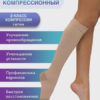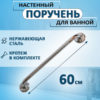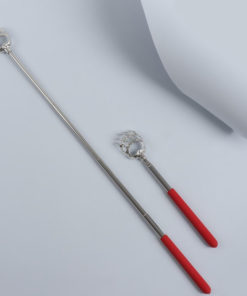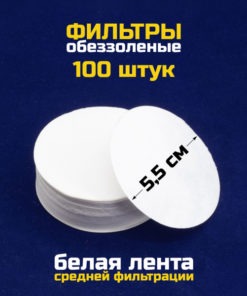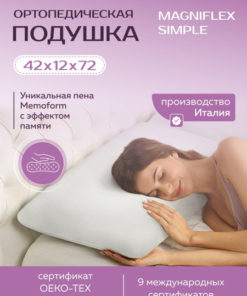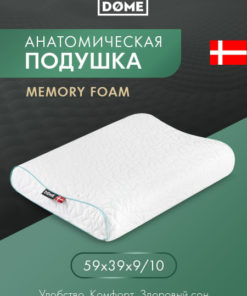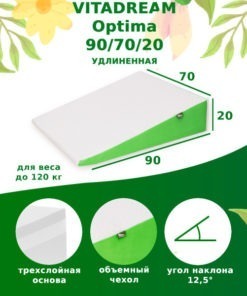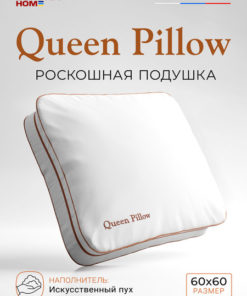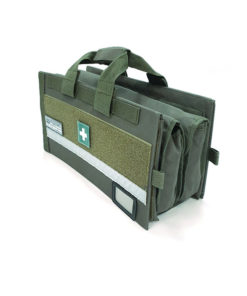-
×
 Cream for fixing dentures Korega Protection of the gums 40g
1 × $19.00
Cream for fixing dentures Korega Protection of the gums 40g
1 × $19.00 -
×
 Inteli Generics Avodel, 0.75 mg, 2 tablets
1 × $59.00
Inteli Generics Avodel, 0.75 mg, 2 tablets
1 × $59.00 -
×
 Kids Pull-Up Rings | Main Accessories
1 × $389.00
Kids Pull-Up Rings | Main Accessories
1 × $389.00 -
×
 Moschino 638 807 Eyeglass Frames
1 × $479.00
Moschino 638 807 Eyeglass Frames
1 × $479.00 -
×
 Eyeglass Holder
1 × $9.00
Eyeglass Holder
1 × $9.00 -
×
 Jelfa Holisal gel, (87.1 mg + 0.1 mg) / g, 10 g.
1 × $29.00
Jelfa Holisal gel, (87.1 mg + 0.1 mg) / g, 10 g.
1 × $29.00 -
×
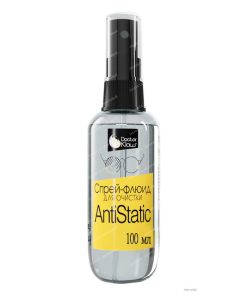 Spray fluid for cleaning ANTISTATIC 100 ml
1 × $29.00
Spray fluid for cleaning ANTISTATIC 100 ml
1 × $29.00 -
×
 Eyeglass Holder
1 × $9.00
Eyeglass Holder
1 × $9.00 -
×
 Bionorica Sinupret Extract, 160 mg, 20 tablets
1 × $79.00
Bionorica Sinupret Extract, 160 mg, 20 tablets
1 × $79.00 -
×
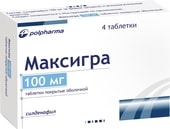 Polpharma Maxigra, 100 mg, 4 tablets
1 × $59.00
Polpharma Maxigra, 100 mg, 4 tablets
1 × $59.00 -
×
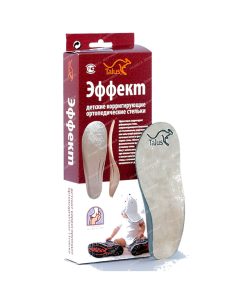 Orthopedic insoles for children. art. 26E p.12 "Effect"
1 × $19.00
Orthopedic insoles for children. art. 26E p.12 "Effect"
1 × $19.00 -
×
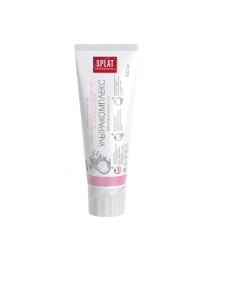 Toothpaste series Professional SPLAT (SPLAT) Ultracomplex / Ultracomplex 40 ml
1 × $9.00
Toothpaste series Professional SPLAT (SPLAT) Ultracomplex / Ultracomplex 40 ml
1 × $9.00 -
×
 Dog Hair Belt
1 × $69.00
Dog Hair Belt
1 × $69.00 -
×
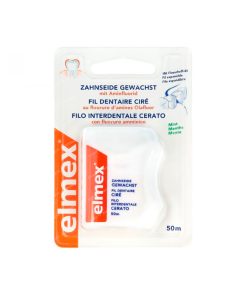 Elmex Dental floss 50 m
1 × $19.00
Elmex Dental floss 50 m
1 × $19.00
Subtotal: $1,276.00
 Free worldwide shipping on orders $99+
Free worldwide shipping on orders $99+  US: temporary delays — postal services aligning new import rules,
US: temporary delays — postal services aligning new import rules,  EU: 1–2 weeks,
EU: 1–2 weeks,  Worldwide: 1–4 weeks
Worldwide: 1–4 weeks 

